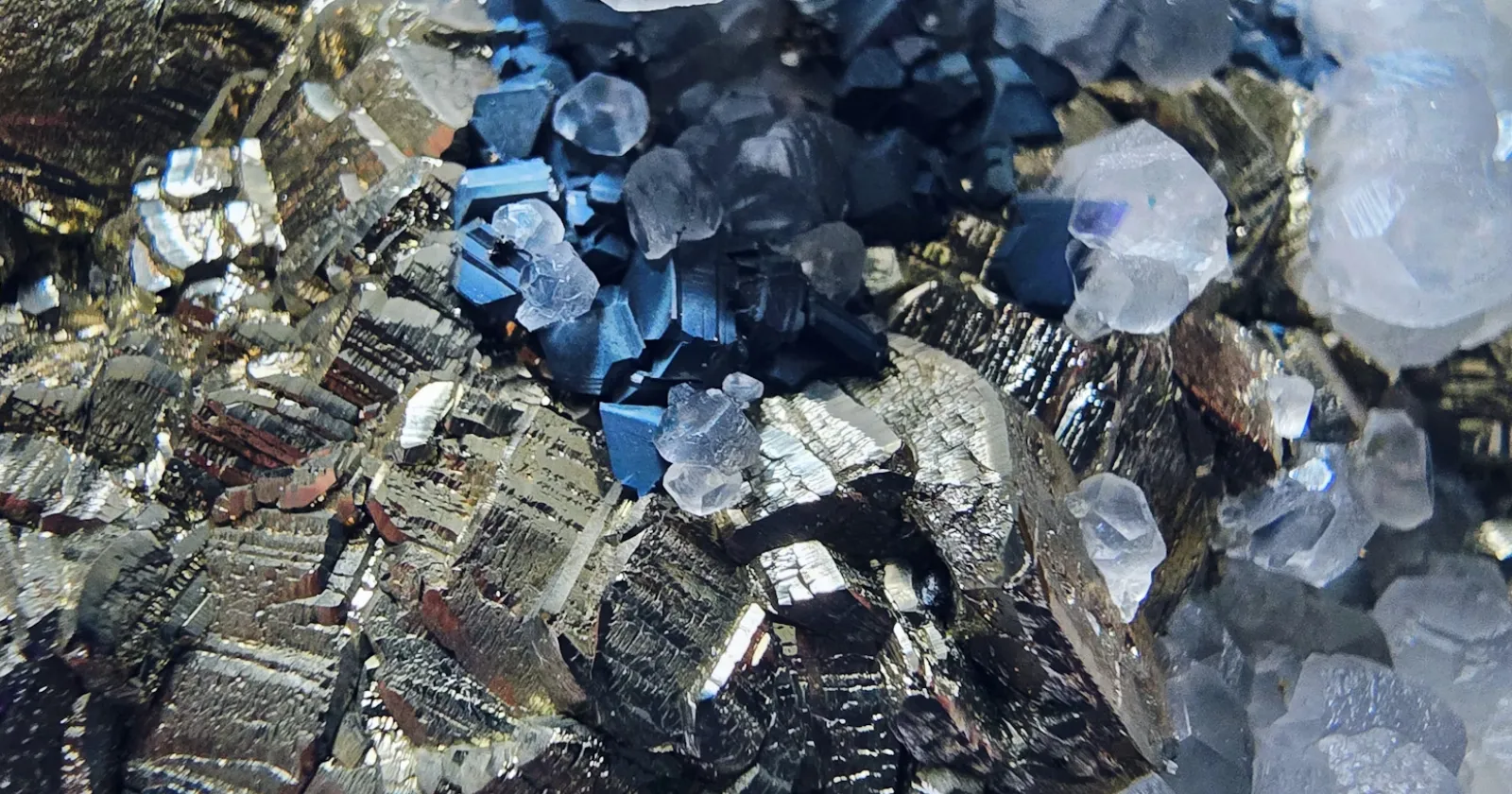
India is joining several nations in accelerating efforts to develop a supply chain for rare earth magnets after China tightened export controls.
Share Post

India is joining several nations in accelerating efforts to develop a supply chain for rare earth magnets after China tightened export controls.
India plans to almost triple the size of its incentive programme for rare earth magnet manufacturing to more than ₹70 billion ($788 million) as it races to build domestic capacity in a sector dominated by China, according to people familiar with the matter, news agency Bloomberg reported.
The proposal, awaiting Cabinet approval, is a significant step-up from an earlier $290 million plan aimed at securing critical materials for electric vehicles, renewable energy and defence, the people said, asking not to be identified as the information isn't public. The final allocation could still change, the report added.
India is joining several nations in accelerating efforts to develop a supply chain for rare earth magnets after China -- which processes about 90 per cent of global output -- tightened export controls in April amid its trade dispute with the US, disrupting supplies for automakers worldwide.
Earlier this year, Prime Minister Narendra Modi warned that critical minerals should not be weaponised, whilst calling for stable, diversified global supply chains.
The South Asian nation's rare earth expansion plan aligns with global efforts to reduce reliance on China, but faces challenges from limited funding, expertise, and long project timelines. With domestic production still nonviable without subsidies, state-owned firms are leading early efforts to secure overseas mining partnerships.
Also, the technological know-how for now stays heavily concentrated in China. Mining rare earths economically is another challenge and often poses environmental risks due to their association with radioactive elements.
The government initiative will support about five companies through a mix of production-linked and capital subsidies, according to the people. China has recently issued the first licences allowing imports of rare earth magnets for use in India, but none have been granted to Indian-origin firms, they said.
The government is also funding studies on the so-called synchronous reluctance motors, a technology that could eventually reduce dependence on rare earth materials, according to the people.
Several overseas suppliers have expressed interest in providing rare earth materials to India, whose projected annual demand of about 2,000 tonnes of oxides can be easily met by global producers, they said.
India is betting the expanded programme will draw global magnet makers to set up local subsidiaries or joint ventures, cutting its reliance on Chinese imports long backed by opaque subsidies and aggressive pricing.
The plan could face headwinds if China's recent easing of export curbs for the US and European Union is extended to India. That could make Chinese magnets cheaper and more accessible globally, potentially deterring long-term investment in India's nascent sector.
The substantial increase in government support underscores India's recognition that building a competitive rare earth magnet industry requires sustained financial commitment beyond initial estimates. However, the sector's continued dependence on subsidies for economic viability raises questions about long-term sustainability.
The focus on synchronous reluctance motors represents a pragmatic parallel strategy -- developing technologies that could bypass rare earth dependence altogether whilst simultaneously building conventional rare earth processing capabilities. This dual approach hedges against both supply chain vulnerabilities and the possibility that India's rare earth sector may struggle to achieve cost competitiveness with established Chinese producers.
Mahindra XUV 7XO Interiors Teased, Pre-Bookings Commence
Acko Drive Team 16 Dec, 2025, 10:55 AM IST
Hydrogen-Powered Hyundai Nexo Secures Five-Star Euro NCAP Rating
Acko Drive Team 16 Dec, 2025, 9:06 AM IST
MG Hector Facelift Old vs New: Here’s What’s Changed
Acko Drive Team 16 Dec, 2025, 8:41 AM IST
Padmini VNA Group Secures ₹750 Crore Investment from Norwest
Acko Drive Team 16 Dec, 2025, 8:15 AM IST
West's EV Ambitions Cool: EU To Scrap 2035 ICE Ban, Ford Takes $19.5 Billion Hit
Acko Drive Team 16 Dec, 2025, 7:35 AM IST
Looking for a new car?
We promise the best car deals and earliest delivery!
